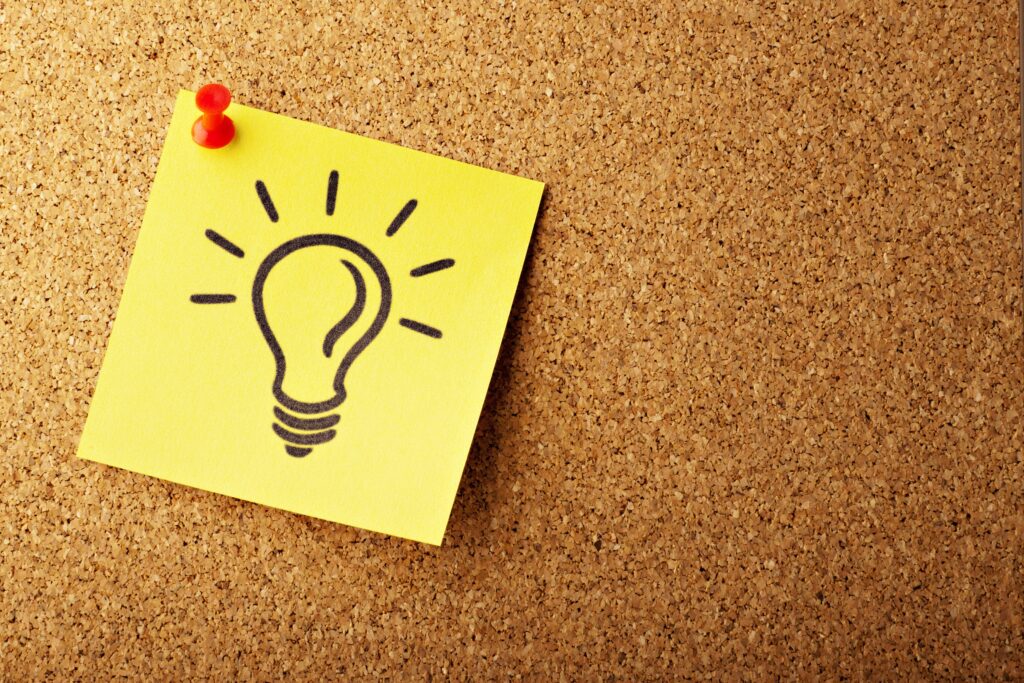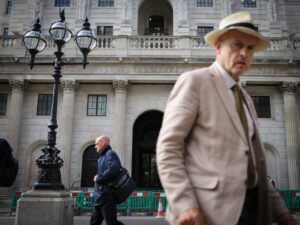
A groundbreaking collaboration between SISSA’s Physics and Neuroscience groups has advanced our understanding of how memories are stored and retrieved in the brain. The study, recently published in Neuron, reveals that distinct perceptual biases, once thought to arise from separate brain systems, can be explained by a single, biologically grounded mechanism.
Led by professors Sebastian Goldt and Mathew E. Diamond, with Francesca Schönsberg as the first author, the research integrates theoretical physics, computational modeling, and behavioral neuroscience to bridge decades of fragmented research on perceptual memory. Laboratory experiments conducted by Yukti Chopra and Davide Giana provided the empirical data against which the model was tested.
Cracking the Code of Perceptual Memory
Perceptual memory enables us to extract, store, and use information from the external world, embedding sensory information into knowledge based on past experience. Scientists have long studied its processes through different experimental paradigms. Working memory tasks, for instance, involve comparing two stimuli presented in sequence, while reference memory tasks require judging a current stimulus against a fixed internal standard.
Despite their common goal of understanding memory, these research traditions evolved separately, resulting in distinct models for each task. “We wanted to see whether these different forms of memory could actually reflect the same underlying neural process,” says Mathew Diamond. “In other words, could a single cortical network account for what appear to be very different behavioral phenomena?”
When Perception Bends Reality
The SISSA team found their unifying thread in perceptual biases—systematic distortions that reveal how the brain’s internal representations diverge from the physical world. If perception were perfectly linear and accurate, it would simply mirror the external environment. However, because perception is subtly biased, these distortions offer a glimpse into how the brain transforms raw input into meaningful representations.
Across sensory modalities, perception of the current stimulus shows two paradoxically opposite tendencies. In some contexts, it is contracted toward the memory of previous stimuli—a “pull” known as contraction bias. In others, perception is repelled away from the recent past—a “push” called repulsion bias. For decades, scientists have debated why the brain should alternate between these seemingly contradictory effects.
A Single Mechanism Behind Opposite Biases
To tackle this puzzle, the researchers combined computational modeling with behavioral data from both humans and rodents. Their model—a recurrent neural network governed by the biologically plausible rule of Hebbian plasticity (“cells that fire together wire together”)—demonstrated that both contraction and repulsion biases can emerge naturally within the same circuit.
“Instead of assuming that the brain switches between distinct systems, we showed that one network, learning continuously through simple local rules, can produce both effects,” explains Sebastian Goldt. “The key lies in how the network’s synaptic connections adapt over time, encoding traces of recent activity that subtly reshape the representation of new sensory inputs.”
The model was tested against four experimental datasets across three paradigms: working memory, reference memory, and a newly designed one-back task. Without fine-tuning or task-specific parameters, the network reproduced the behavioral data remarkably well. This convergence between model and experiment suggests that the same adaptive mechanism may underlie diverse expressions of perceptual memory.
Reading Out the Same Network in the Same Way
Perhaps the most surprising finding was that what distinguishes different memory tasks is not the underlying memory storage mechanism but simply the way the choice is performed. While the network’s activity is read out always in the same way, the same recurrent circuit can support very different cognitive demands depending on which aspect of its activity is accessed by downstream processes.
In the working-memory paradigm, the network’s evolving activity encodes a transient trace of the most recent stimulus. In the reference-memory task, the choice depends on how the internal representation varies at the stimulus offset. The same underlying neural mechanism, which gives rise to a sliding attractor in the network’s dynamics, reproduces both results as well as those obtained in the one-back task. Each new stimulus becomes the next trial’s reference, revealing the network’s flexibility in switching between memory roles.
Bridging Disciplines to Understand the Brain
By demonstrating that a single neural circuit governed by local learning rules can account for both contraction and repulsion biases, this work provides a unifying framework for perceptual memory. It challenges the long-standing notion that distinct cognitive effects must arise from separate brain systems and instead suggests that the apparent diversity of perceptual behavior reflects different manifestations of the same adaptive neural dynamics.
“This study exemplifies what makes SISSA unique,” says Diamond. “We can combine theoretical physics and computational neuroscience in the same building, with daily interaction between people who approach the same questions from very different angles.”
The findings highlight how interdisciplinary collaboration—uniting modeling and experimental neuroscience—can reveal the general principles by which the brain learns from experience, forms stable memories, and adapts flexibly to new situations.






